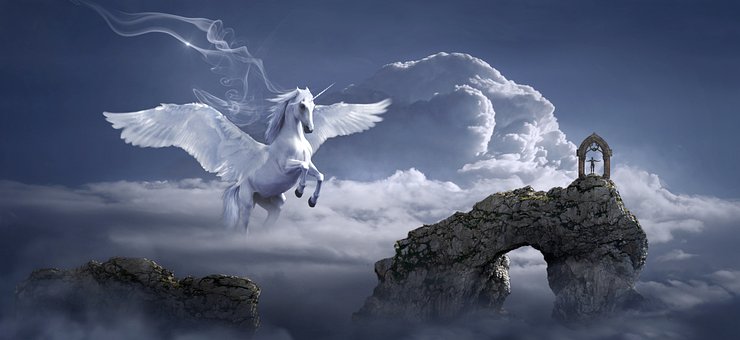ANDhe Christian origin of Christmas is clear, but it has become a universal festivity in which families gather around a table that changes appearance and food depending on the country to which they travel. There are also differences in the dates because in Spain and the countries that have the Gregorian calendar the 24th is Christmas Eve and the 25th is Christmas. So far so good, but the same thing doesn’t happen in Orthodox countries such as Russia, Ukraine or the Coptic Christians of Egypt, who follow the Julian system and celebrate the birth of Christ on January 7, each with their own traditions.
In Poland, food is pure symbolism and Christian spirituality, because during the Nazi and communist occupation, any faith other than that of the party was prohibited.
The important day for many countries is Christmas Eve, where the whole family gathers for dinner. Even in Japan, where December 24 is not a holiday, families have taken to eating fried chicken at KFC, which puts out a Christmas menu every year. In Eastern European countries such as Poland, food is pure symbolism and Christian spirituality, because during the Nazi and communist occupation, any faith other than that of the party was prohibited. They place straw under the tablecloth to symbolize the Christmas Bethlehem and prepare twelve dishes (as the number of apostles) to share. The most popular are carp, barszcz, a beetroot soup and for dessert the typical Makowiec (Easter bread), a sweet poppy seed roll. Before serving they exchange a kind of wafers with religious images and sing Christmas carols as a symbol of good wishes. Their German neighbors also have carp or roast pork with potato salad, which they accompany with the famous gluhwein, the mulled wine flavored with cinnamon, orange, sugar and lemon. Further east, in Latvia, gray peas are eaten with smoked sauce. And nearby, in Norway the main dish is a rice pudding with sugar, cinnamon and butter, they also eat cured pork and lamb ribs, cod and drink Christmas beer. In addition, almonds are hidden on the table and whoever finds them wins a marzipan pig. A tradition similar to the “luck” of finding the figure inside the roscón de reyes, which now fights in supermarkets with the Italian panettone.
Although this abundance of food contrasts with the celebration in other parts of the world such as Ethiopia, where the Orthodox community fasts on the day before Christmas, which they call Ganna. They get up at four in the morning and dress in the shamma, the traditional white dress, to attend religious services. In the Ganna meal, Christian Ethiopian families use bread as utensils to eat doro wat, a chicken stew with vegetables.
And the presents?
On Christmas Eve, Saint Nicholas, an old man with a long white beard, somewhat plump and smiling, gets on his sleigh pulled by flying reindeer to travel the world distributing gifts to children, and not so children, who have behaved well during Christmas. year. In the United States and Canada they call him Santa Claus, in Spanish-speaking countries Santa Claus. In Orthodox nations such as Russia, Ukraine or Latvia, the Deb Mozor (the grandfather of the nines), helped by his daughter, the “icy maiden” leaves gifts. Its origin is in folklore and has nothing to do with Frozen, because according to legend he was an old man who kidnapped bad children and who over the years has been equated to the figure of Santa Claus. In order for Santa to arrive at homes, you have to be prepared, which is why in Latvia, before opening presents, you have to recite a poem and in Serbia go one step further, the children kidnap their parents, who must give them gifts to free themselves. But not all countries come to Santa. In Iceland, the young Julen, sons of the two trolls from Icelandic mythology, leave gifts in the shoes of children who have behaved well, or a potato if they have been naughty. In Germany, Switzerland and Austria, there is the Kris Kringle, the bearer of Christmas gifts, invented by Luther during the Reformation. So that no child is left without a gift in addition to Santa, in countries like Poland they also distribute the Gwiazdor (Owner of the Stars), the Angel or the Child Jesus to the houses.
The Three Wise Men also arrive in Spain from the east. But it is not the only country: Melchor, Gaspar and Baltasar travel through Cuba, Argentina, Puerto Rico, Venezuela, Colombia, Belgium and Germany, where the relationship with the three wise men increases because -according to legend- Federico I de Hohenstaufen, cooked like Barbarossa, deposited the remains of the three wise men in the Cologne Cathedral.

